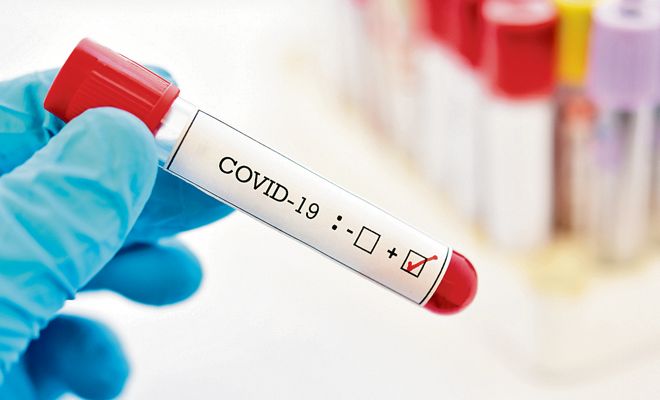Bulgaria’s National Centre for Infectious and Parasitic Diseases (NCIPD) said that it had completed the arraying of a total of 165 samples taken from people infected with COVID-19 in the nation. The arraying clears the air, and BA. 5 lineage of the Omicron strain and its sub-variants emerged as the dominant one across the nation.
All the samples, taken over a period stretching from June 1 to July 6, evidently cued towards the presence of either Omicron variants or one of its lineages.
Detected initially in South Africa in January 2022, BA.5 is considered a variant of concern lineage and kept under vigilance. Collectively referred to as BA.5x, the lineage has been considered the main base and a catalyst of the recent rapid increase in COVID-19 cases.
It is considered a sister variant of the Omicron strain. Even with reduced testing, it has been dominant worldwide since the end of 2020. In addition, this strain has the upper hand on other ex-variants as it has additional amino acid changes and a variation in fitness and epidemiology advantage in contrast to different variants present in the world.
BA 5x was found in 68 cases, or 41.2% of the total sample size, while the recent sample test by the NCIPD batch. It shows a rise to 68.4% of the samples taken in July.
In Bourgas and Varna, the variant shows the power as it dominates this part of the country the most, with a complete account for 66.7 per cent of samples taken in the two districts, NCIPD informed. Well, they were limited only to 21 cases in Bourgas and Varna united.
A rapid increase in the cases led to the creation of red zones in the district of Bourgas and Varna. The current morbidity rate has pushed the city of Sofia to become a part of the red zone, implying a morbidity rate between 250nand 499.9 per 100 000 population based on 14 days.
This situation emphasized the need to introduce first-stage measures against the spread of the disease on July 18. In the NCIPD sample group, five patients had died, six were in the hospital, six were receiving home treatment, and 148 had recovered.

